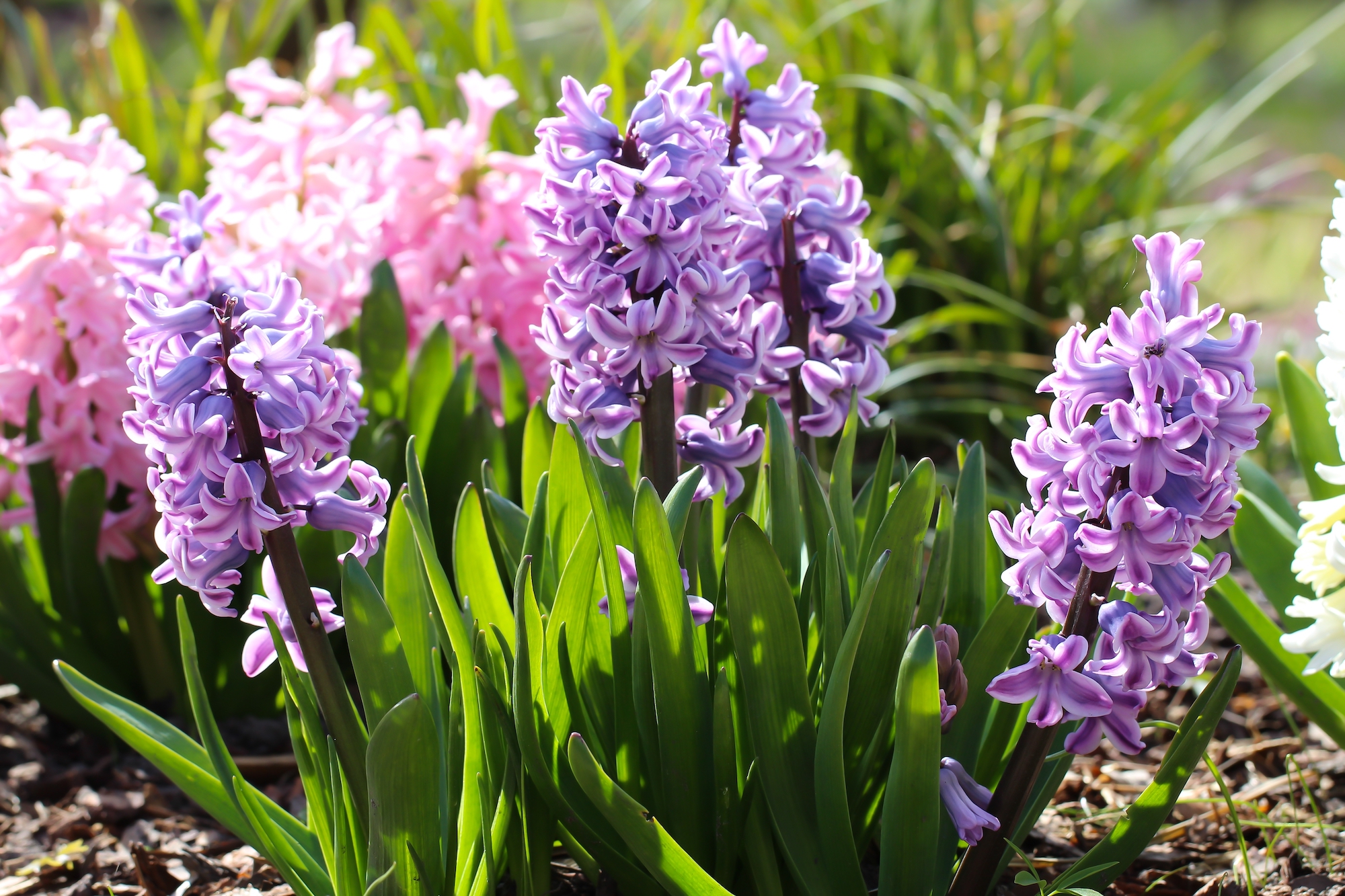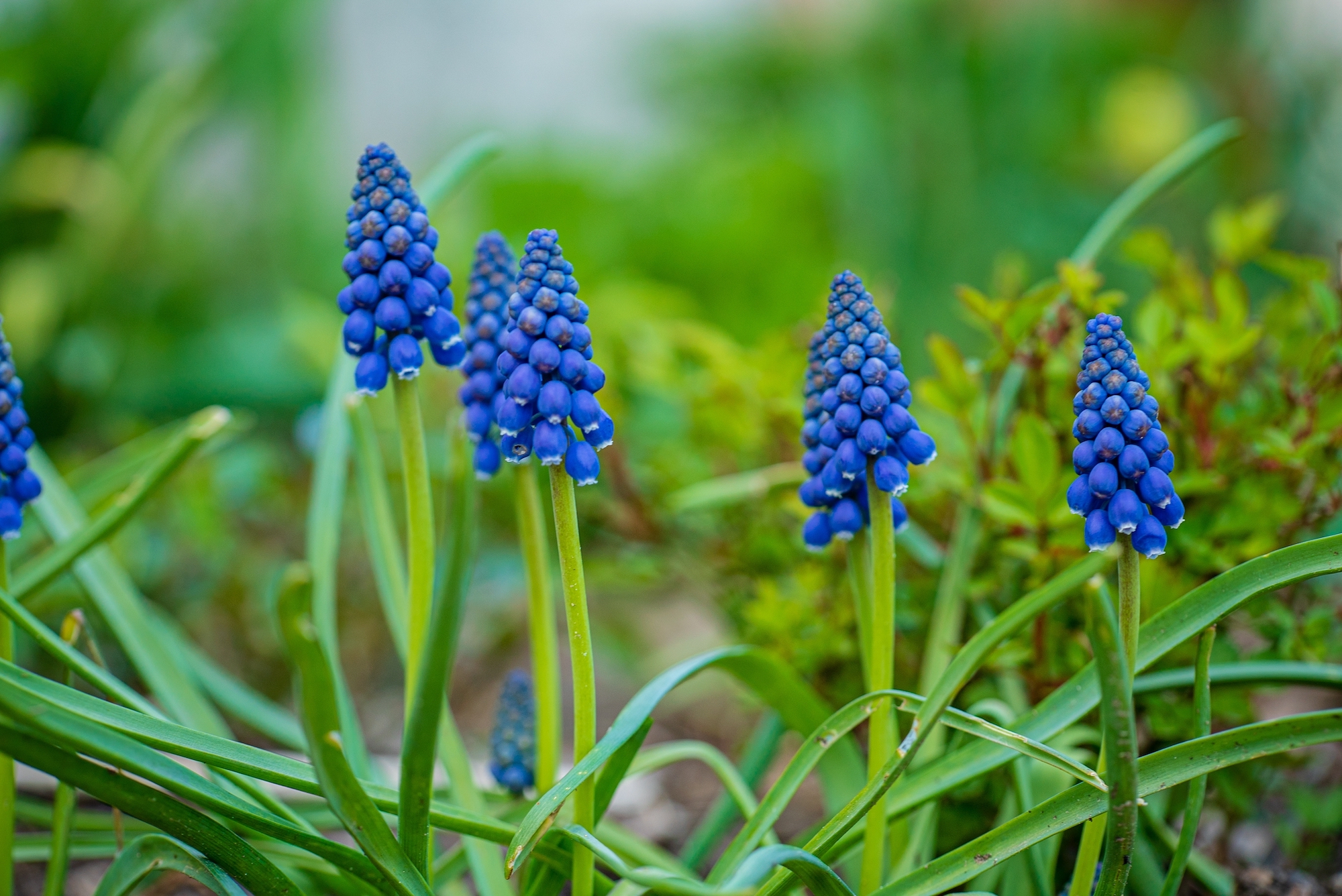
Sign up for our daily newsletter to get gardening tips and advice.
Planting, Growing, and Caring for Hyacinths
ADVERTISEMENT
Can I plant the "bulbs" on the end of the stem? Are those balls that come after the blooms die, hyacinth bulbs?
Hi Cheryl, Those little “bulbs” are seed pods. They will mature into a tan color and then split open to disperse their seeds for next year! (If you do not want more hyacinth, you can cut off the seed pods that appear after the blooms fade.) Best, The Old Farmer’s Almanac gardeners
I gave a beautiful Hyacinth to my daughter in law for Easter. It is dying. The flowers are mostly gone and the leaves look good, other than the tips being brown. How do I bring it back to life?
Hi, Cheryl, Hyacinths are bulbs; they flower and fade. You might bring it back if you left it dry out, and when the foliage (the green bands of leaf) dies back (dries out), cut it off and, in the fall, plant the bulb. It will need a few weeks or so of cold weather. It might bloom again next spring. (I say “might” because it was probably forced to be in bloom for Easter; you can not always be certain that it will come back … but it might.)
If you are not in an area that has a cold winter, you could try forcing it. Here is some advice on doing that https://www.almanac.com/fooling-mother-nature-forcing-bulbs
We hope this helps!
I live just north of San Francisco. I plant hyacinths in pots on my patio every year, but the flower stems never grow more than two or three inches tall and flowers are popping open at dirt level. I keep trying with no reward. I have no problem with daffodils and tulips. Any suggestions would be appreciated.
This commonly happens with bulbs that haven’t been chilled long enough. They require about 12 weeks of cold temps to get them “in the mood” for blooming properly. If you buy them from a supplier, they should already be chilled, but you could try chilling them for a few more weeks before planting them. Also make sure that you’re planting at the right depth—they should sit about 4 inches deep.
I have hyacinths in the ground in NJ, they were supposed to be a giant variety but they were always were short too, until this year. They were the tallest they’ve ever been and I wonder why this year they got so tall so I can continue it. 😀
I live in heber springs Arkansas , and I was given 2 hyacinth bulbs. For some reason I'm struggling inthis odd environment. You can get all seasons in a day here n I'm wondering if there is anything specific I can do?
Chill the bulbs in the 1st of August in a paper bag. Plant them in Thanksgiving.
After the blooms are finished, cut off the spent flowers, fertilizer it once and let it dry out completely then store the bulbs in a paper bag.
Chill them on August 1st start the whole cycle over again.
I lived in Houston TX and I have successfully grown spring bulbs for years except tulips.
What are the many round balls on some of the extensions of the hyacins after it has bloomed? What do I do with them?











